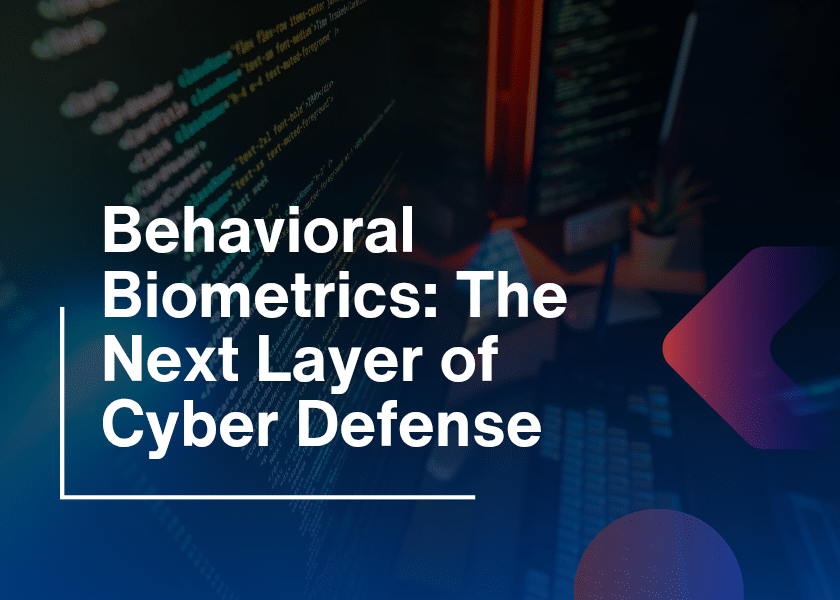Have you ever wondered whether your network security is equipped to face the most sophisticated cyber threats of the day? As hackers are growing smarter and malware is evolving much faster than ever. Therefore, relying on outdated security systems is like locking your front door but leaving the windows wide open. What if it were possible to predict attacks before they happen, catch hackers in the act, and lock down them, That’s where AI-powered network security comes in, to take on your biggest cybersecurity concerns.
Do you want to know more about how AI can revolutionize the safety of your network? Let’s discuss the role of AI in network security protection.
What Makes AI Network Security a Gamechanger?
Artificial intelligence is not about the takeover of the world by robots. Instead, it’s all about machines that can think, learn, and adapt. In network security, AI acts as the ultimate guardian. Here’s why it’s so powerful:
1. Proactive Defense
Unlike the traditional system, which reacts after being attacked, AI prevents a problem from happening in advance. However, the AI continuously scans through the network to find potential vulnerabilities to eliminate before hackers exploit it.
2. Real-Time Threat Detection
AI does not need coffee breaks. So it continuously runs the clock, monitoring data and spotting any unusual activity 24/7. If someone from an unknown device tries accessing your network, AI detects it right away.
3. Machine Learning for Continuous Improvement
AI becomes more intelligent with time. So using machine learning (ML), it can learn about cyber threats and, in turn, strengthen its defenses. Thus, it’s similar to a detective who learns every case to solve future cases even faster.
4. Speed and Productivity
Hackers act fast, but AI acts faster. It processes millions of data points in seconds, responding to threats before they cause any damage.

Understanding Network Security
What is network security, precisely?
Network security is an invisible shield that protects your computer network against unauthorized access, data breaches, and malware attacks. But it is not just stopping hackers. Instead, it is for keeping data safe and ensuring smooth communication between devices in the network.
In a computer network, devices such as laptops, servers, and routers communicate with each other. Hence, having network security ensures this communication is private as well as secure, even as cyber threats rise.
How AI Works in Network Security
AI may sound like magic but it has science behind it. This works in the different areas of network security in networking in various ways:
1. Anomaly Detection
AI learns what “normal” network behavior looks like. If something unusual happens like a sudden spike in traffic, it sounds the alarm. Thus, this helps prevent attacks like DDoS.
2. Behavioral Analysis
AI tracks user behavior, such as login time and location. However, if an employee who normally works in New York accesses from Tokyo at midnight, AI will pick that up.
3. Automated Incident Response
When AI recognizes the presence of a threat, it does not wait for humans to intervene. Instead, it acts instantaneously to block a suspicious IP address or quarantine malware.
4. Predictive Analysis
AI does not simply respond but predicts too. Therefore, by analyzing past attacks, AI has found patterns and vulnerabilities for the future and thus warns organizations of hackers.
AI Applications in Network Security
AI is changing everything in the field of network security for computer systems.
1. Intrusion Detection and Prevention Systems (IDPS)
AI-based IDPS detects and prevents malicious activities within the network. As they are unlike other systems, which have rules that need to be defined. Therefore, these AI systems will find even the slightest attacks.
2. Malware Detection and Removal
Malware is a wolf in sheep’s clothing as it disguises itself to avoid traditional security checks. Instead, AI can also look at files and point out malicious code that most might have missed.
3. E-Mail Security
AI fights against phishing attacks by scanning emails for suspicious links, attachments, and sender details. So goodbye to the “You won a million dollars!” scams!
4. Endpoint Protection
AI protects individual devices like laptops and smartphones, so every access point into the network is protected.
5. Fraud Detection
AI is used in such places to detect fraudulent transactions in banks. Thus, it tracks each client’s behavior and flags anything out of the ordinary.
Challenges of AI Network Security
How wonderful AI is. Still, AI is not without its limitations. So here are a few of the challenges include the following:
1. Expensive Implementation
Setting up AI systems is expensive. Nevertheless, in most cases, long-term gains often supersede the initial setup.
2. False Positives
AI may sometimes block a legitimate activity. For instance, there was that time when AI tagged your mother’s email as spam. However, the false positives can be frustrating, but over time, these are improving.
3. Dependence on Data
AI learns and improves based on data. So incomplete or biased data may degrade the performance of the system.
Future of AI in Network Security
The future looks bright and secure with AI. So here’s what’s in store:
1. Advanced Threat Intelligence
AI systems will share information across networks, creating a global database of cyber threats.
2. Zero-Trust Architecture
AI will advance zero-trust models by ensuring that every user and device is verified before accessing a network.
3. Cybersecurity Automation
More tasks such as patch management and threat hunting will be automated, and networks will virtually heal themselves.
4. Quantum-Resistant Security
As quantum computing rises, AI will develop new encryption methods to counteract quantum threats.
Conclusion
AI network security is the future of security since it brings a new dimension to how to secure networks and user data. It is, therefore, not surprising that every organization is exploring the possibility of incorporating AI systems in identifying and preventing threats. Moreover, for carrying out intelligence analysis for the next two to five years. These are balanced by the overwhelming advantages we enjoy today as we have seen above.
In this ever-evolving digital age where hackers & their plans are sophisticated, we have in AI the superhero we require. So, the next time you connect to Wi-Fi, remember, that AI is quietly doing its job without interfering. Well, if it had a mouth to speak out, it would have replied, ‘You’re welcome!
FAQs about AI Network Security
– How is AI used in network security?
AI in network security is being used to detect, prevent, and respond to cyber threats in real time by observing patterns and anomalies.
– What is an AI security system?
An AI security system utilizes artificial intelligence to enhance cybersecurity by the identification of threats, automatic response, and improvement of defense from continuous learning.






